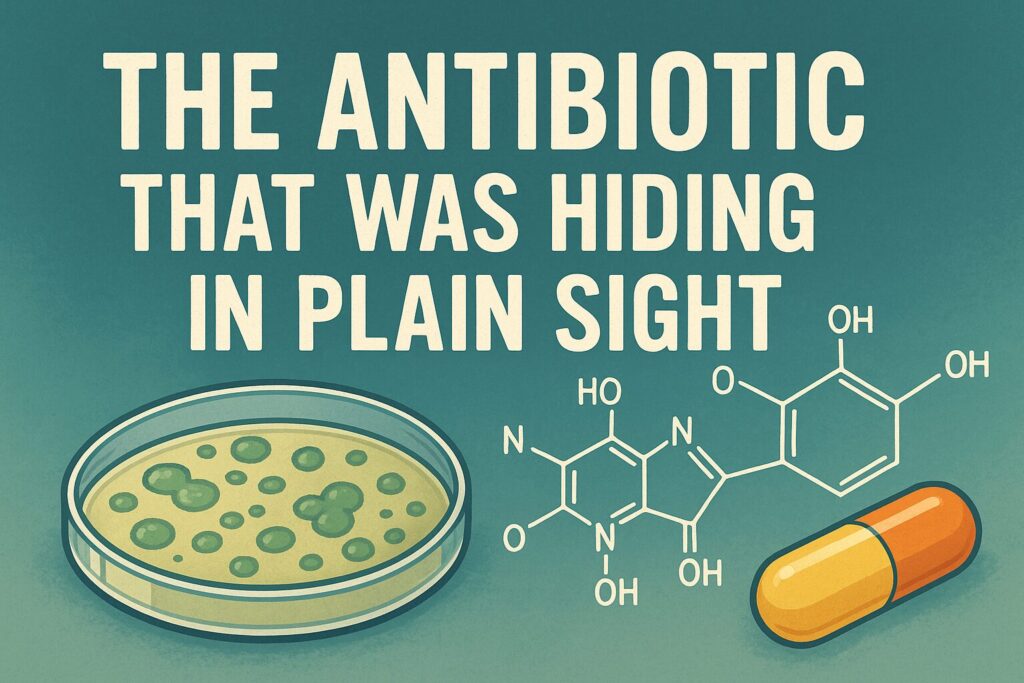They found it.
After fifty years of staring right at it, scientists finally found what they’d been missing all along. A new antibiotic. A powerful one. And it was sitting there the whole time, buried inside something they’d already discovered half a century ago.
Here’s the story.
In the 1970s, researchers found a compound called methylenomycin A. They studied it. Tested it. Filed it away. It worked, but nothing special. Just another antibiotic in a world that thought it had plenty.
But they never looked at what came before it.
Professor Greg Challis from the University of Warwick and Monash University had a different idea. What if the bacterium that makes methylenomycin A was originally trying to make something else? What if evolution had actually made it weaker over time, not stronger?
So his team did something simple. They deleted a few genes. They forced the bacterium to stop mid-process, like hitting pause on a recipe before the final step.
And out came two compounds nobody had tested before.
One of them, pre-methylenomycin C lactone, turned out to be over 100 times more powerful than the original antibiotic. It crushed drug-resistant bacteria that laugh at normal antibiotics. MRSA. VRE. The superbugs that kill over a million people every year.
Dr. Lona Alkhalaf put it simply: “It’s amazing to find a new antibiotic in a species that’s been studied since the 1950s.”
Think about that for a second. We’ve been studying this bacterium for seventy years. Thousands of researchers. Millions of dollars. Countless papers. And nobody thought to test the ingredients before the final product.
It’s like discovering that bread dough is actually more nutritious than baked bread, but only after baking bread for half a century.
But here’s the really good part.
When they tested this compound against Enterococcus bacteria, something remarkable happened. Or rather, didn’t happen. No resistance developed. None. Under the same conditions where bacteria normally evolve resistance to vancomycin, our last-line-of-defense antibiotic, pre-methylenomycin C lactone held strong.
The bacteria couldn’t figure out how to beat it.
And because Professor David Lupton’s team at Monash figured out how to make it at scale, we can actually do something with this discovery. It’s not some exotic compound that costs a fortune to synthesize. It’s relatively simple. Makeable. Ready for the next phase of testing.
We’re not calling this a miracle cure. It still needs years of pre-clinical testing, then human trials, then regulatory approval. But after decades of watching antibiotic resistance grow while new drug development stalled, this feels different.
A new weapon. Found hiding in an old toolkit. Sometimes the breakthrough isn’t discovering something new. Sometimes it’s looking at something old in a new way.
The bacterium was making a weaker antibiotic all along. We just had to ask why.





